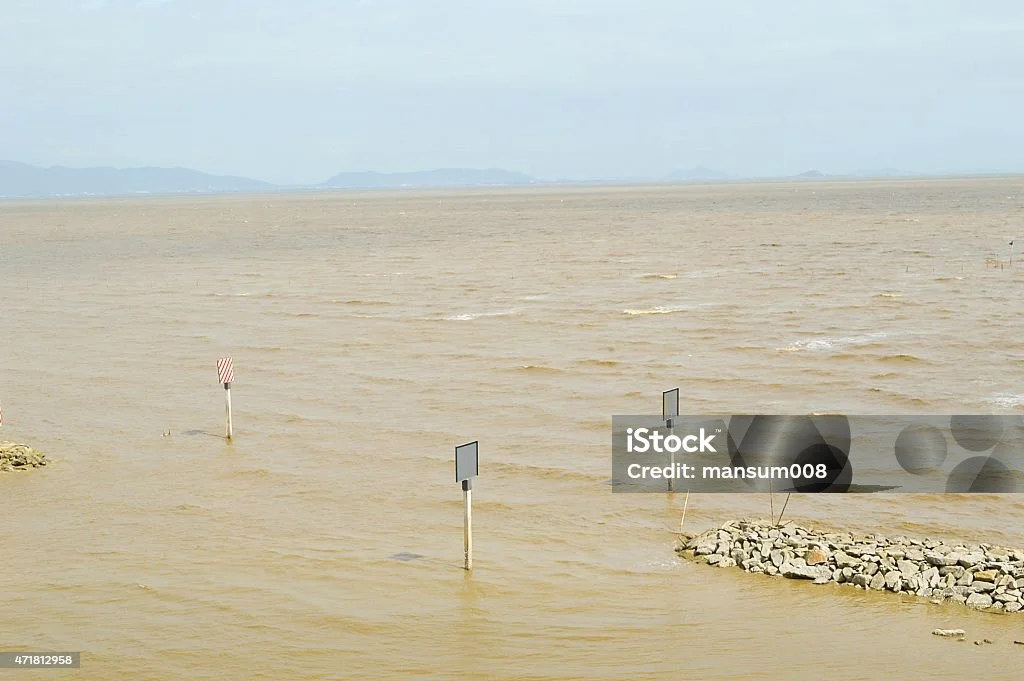A Coastal Flood Watch is a significant weather condition alert given by meteorological organizations when conditions are positive for seaside flooding within the following 12 to 48 hours. This cautioning fills in as an early notification for occupants, organizations, and nearby experts in weak regions to avoid potential risk. Waterfront flooding, driven by rising ocean levels, elevated tides, and strong tempests, can make critical harm framework, upset lives, and lead to hazardous circumstances.
Understanding a Coastal Flood Watch and how to answer it is fundamental for guaranteeing wellbeing and limiting harm.
Causes of Coastal Flooding
Several factors can trigger coastal flooding:
- Storm Surges: One of the essential drivers of Coastal Flooding is storm flood, which happens in areas of strength when from a tempest framework, like a typhoon or nor’easter, pushing seawater toward the shore, raising water levels and immersing low-lying regions.
- High Tides: occasionally elevated tides, additionally called “ruler tides,” can lift ocean levels along the coast. At the point when these tides concur with storm floods, the gamble of flooding increments decisively.
- Heavy Rainfall: During storms, unreasonable precipitation can prompt blaze flooding, particularly in beachfront urban communities where waste frameworks might become overpowered. This is especially disturbing in regions with unfortunate water the board foundation.
- Climate Change: Rising ocean levels brought about by an Earth-wide temperature boost increment the recurrence and power of Coastal Flooding occasions. As ice covers liquefy and sea temperatures increase, ocean levels are supposed to keep rising, setting numerous waterfront networks at a more serious gamble.
What to Do During a Coastal Flood Watch
At the point when a Seaside Flood Watch is given, it’s critical to act quickly to safeguard life and property. Here are the moves toward the following:
- Stay Informed: Stay up with the latest weather conditions cautions and warnings from sources like the Public Weather Conditions Administration (NWS), your nearby governmeconfided nt, or a dependable climate application. Give close consideration to the gauge, as a watch can rapidly transform into a Coastal Flood Cautioning in the event that conditions deteriorate.
- Plan for Evacuation: Waterfront regions inclined to flooding might require departure. Set up a departure course and know the area of havens ahead of time. Try not to drive or stroll through floodwaters as even six crawls of moving water can knock an individual off their feet.
- Secure Your Home: Move significant things and significant reports to higher ground or upper floors. If you live in a space at a high gamble of flooding, introduce flood boundaries, for example, blocks or flood safeguards, around passage focuses like entryways, windows, and carports. Additionally, separate electrical machines to forestall shortcircuits or electric shocks.
- Protect Your Family: Gather a survival kit with fundamental supplies, for example, food, water, prescription, medical aid supplies, spotlights, batteries, and significant records. Guarantee that all relatives know about the arrangement and are prepared to empty if essential.
- Monitor Water Levels: Give close consideration to nearby tide reports and constant information from specialists checking water levels. A few districts have flood maps that assist inhabitants with evaluating their gamble level in light of their area.
- Prepare for Power Outages: Coastal Floods can harm electrical cables, prompting blackouts that might keep going for a few days. Guarantee that you have reinforcement power sources like convenient generators or completely energized battery packs to remain associated.
Areas Most at Risk for Coastal Flooding
Networks close to the shoreline, particularly those at lower heights, are at a higher gamble for beachfront flooding. In the U.S., areas like the Bay Coast, the Atlantic seaboard, and certain pieces of the Pacific Coast experience successive flood watches and alerts. Urban communities like Miami, New York City, and New Orleans are especially helpless, given their vicinity to the sea and low height. Around the world, urban communities like Venice, Bangkok, and Dhaka are additionally managing expanded gambles because of rising ocean levels.
Climate Change and Future Coastal Flooding
The expansion in Coastal Flood watches is connected to the developing effects of environmental change. Researchers foresee that as ocean levels rise and weather conditions become more flighty, waterfront flooding occasions will turn out to be more continuous and extreme. Low-lying waterfront districts are the most noteworthy gamble, and some might try and face super durable immersion before the century’s over.
State-run administrations and networks are progressively putting resources into flexibility methodologies, like structuring seawalls, reestablishing wetlands, and lifting structures to decrease the effects of seaside flooding. Be that as it may, variation and readiness on a singular level stay essential.
Conclusion
A Coastal Flood Watch ought to be treated extremely, as it demonstrates that conditions are ready for risky flooding. By figuring out the dangers, remaining informed, and planning somewhat early, people and networks can all the more likely shield themselves from the overwhelming effects of waterfront floods. Whether you’re an inhabitant of a weak waterfront district or a guest, making a move during a Coastal Flood Watch can save lives and forestall huge harm.



